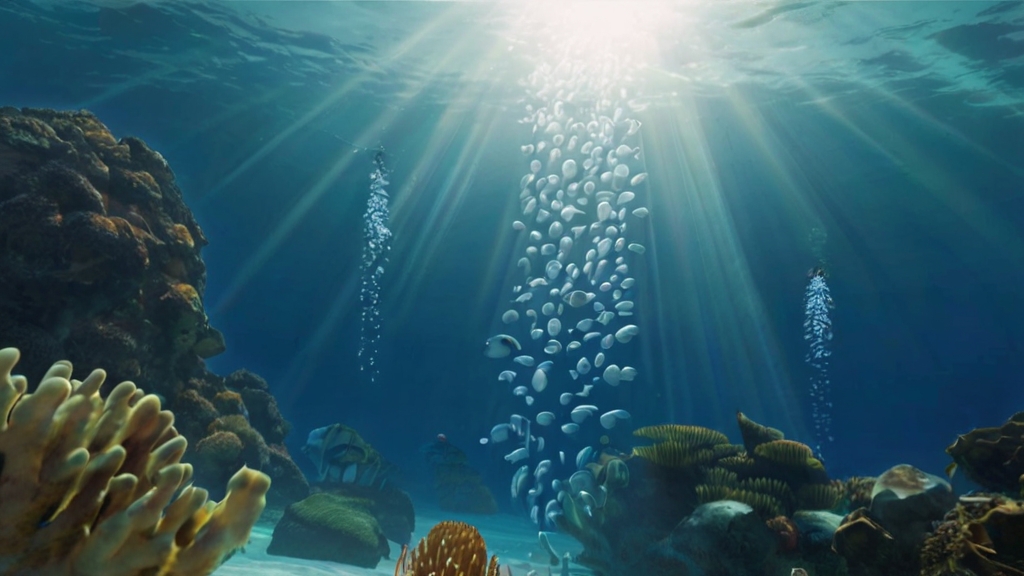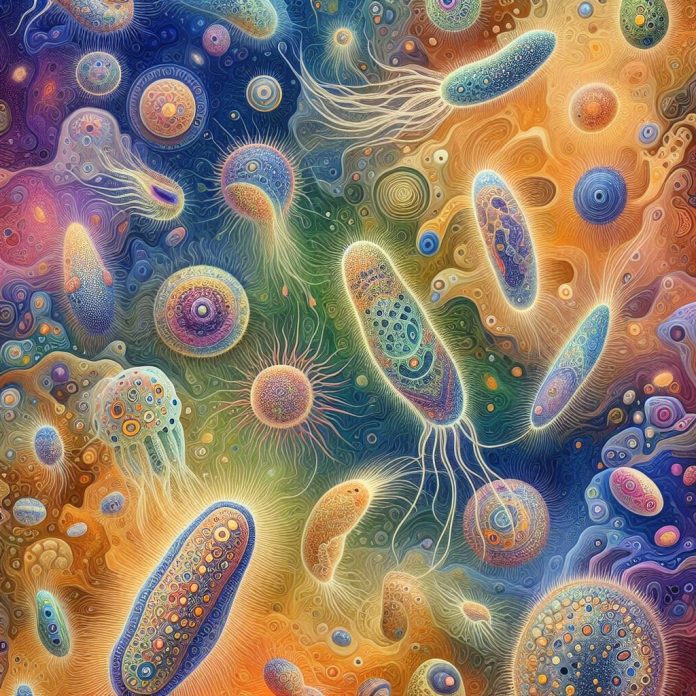Protozoa are a captivating assemblage of unicellular, eukaryotic organisms renowned for their exceptional capacity for autonomous locomotion, distinguishing them as a distinctive subgroup within the taxonomic domain Protista. This heterotrophic group, which belongs to the same kingdom as plant-like algae and fungi-like slime molds and water molds, is commonly known as animal-like protists because they rely on consuming tiny molecules or cells for nourishment. The field of protozoology, which focuses on the examination of these organisms, has successfully found around 65,000 species. However, it is worth noting that roughly half of these species are currently extinct and can only be identified through fossil records. The term “protozoa” was initially coined by Goldfuss in 1817 to describe a wide range of species, emphasizing their protoplasmic level of organization that distinguishes them from the simpler structures seen in bacteria and viruses.

Charcteristics features of Protozoa
Protozoa exhibit remarkable adaptability as they flourish in several settings, spanning from the depths of the oceans to freshwater rivers and ponds, deep soil, and even within the bodies of other species. Although most protozoa are solitary organisms, certain species such as Volvox and Proterospongia demonstrate colony behavior. The major mode of feeding employed by these organisms is heterotrophic, which entails the consumption of tiny molecules or other cellular entities. The aforementioned process occurs within specialized anatomical structures referred to as food vacuoles, whereby ingested particles undergo enzymatic breakdown. The lives of protozoa exhibit considerable variation, since numerous species exhibit a state of free-living in habitats that offer water or moisture at certain intervals throughout the year. On the other hand, there are organisms that exhibit a parasitic or commensal behavior, wherein they engage in intricate life cycles within the cells, tissues, and circulation of their hosts. In many cases, these organisms are responsible for the development of serious illnesses in humans, including malaria, amoebic dysentery, and giardiasis. Prominent examples of parasitic protozoa encompass Entamoeba, Trypanosoma, Giardia, Trichomonas, Leishmania, and Plasmodium, among others.

Despite free-living protozoa are small, they often have an eyespot, which is a particular region of pigment that is responsive to fluctuations in light. This pigment helps them navigate the environment. Amoeba, Euglena, Volvox, and Paramecium are examples of free-living protozoans that are of major importance in aquatic environments. They often serve as the basis of the food chain in the zooplankton population. The primary mode of reproduction in protozoa is asexual, supported by mechanisms such as binary fission, that involves the division of a protozoan into two identical individuals, and multiple fission, resulting in the generation of multiple identical progeny. Notably, certain organisms also participate in sexual reproduction through conjugation, which is the exchange of genetic material between individuals from different mating strains. This process demonstrates a level of complexity that exceeds what is observed in bacteria.
The remarkable capability of protozoa to adapt to ambient conditions via several physiological systems is worth mentioning, as is their aptitude for perceiving alterations in their physical and chemical environs. Protozoa are capable of surviving in harsh environments due to their ability to produce cysts, which are dormant structures with a rigid outer coating that halts metabolic activity until favorable conditions are restored. The advanced survival tactics of these microorganisms are underscored by their durability, as well as their mechanisms for osmoregulation and the existence of locomotor organelles such as pseudopodia, flagella, or cilia. The evolutionary trajectory of protozoa, which are thought to be progeny of the earliest eukaryotes that underwent endosymbiotic relationships around 1.5 billion years ago, serves to underscore the intricate and varied nature of life on a microscopic scale. These extraordinary organisms are classified into phyla such as Sarcomastigophora, Ciliophora, Cnidospora, and Sporozoa based on their motility.



[…] Read Also: Protozoa […]